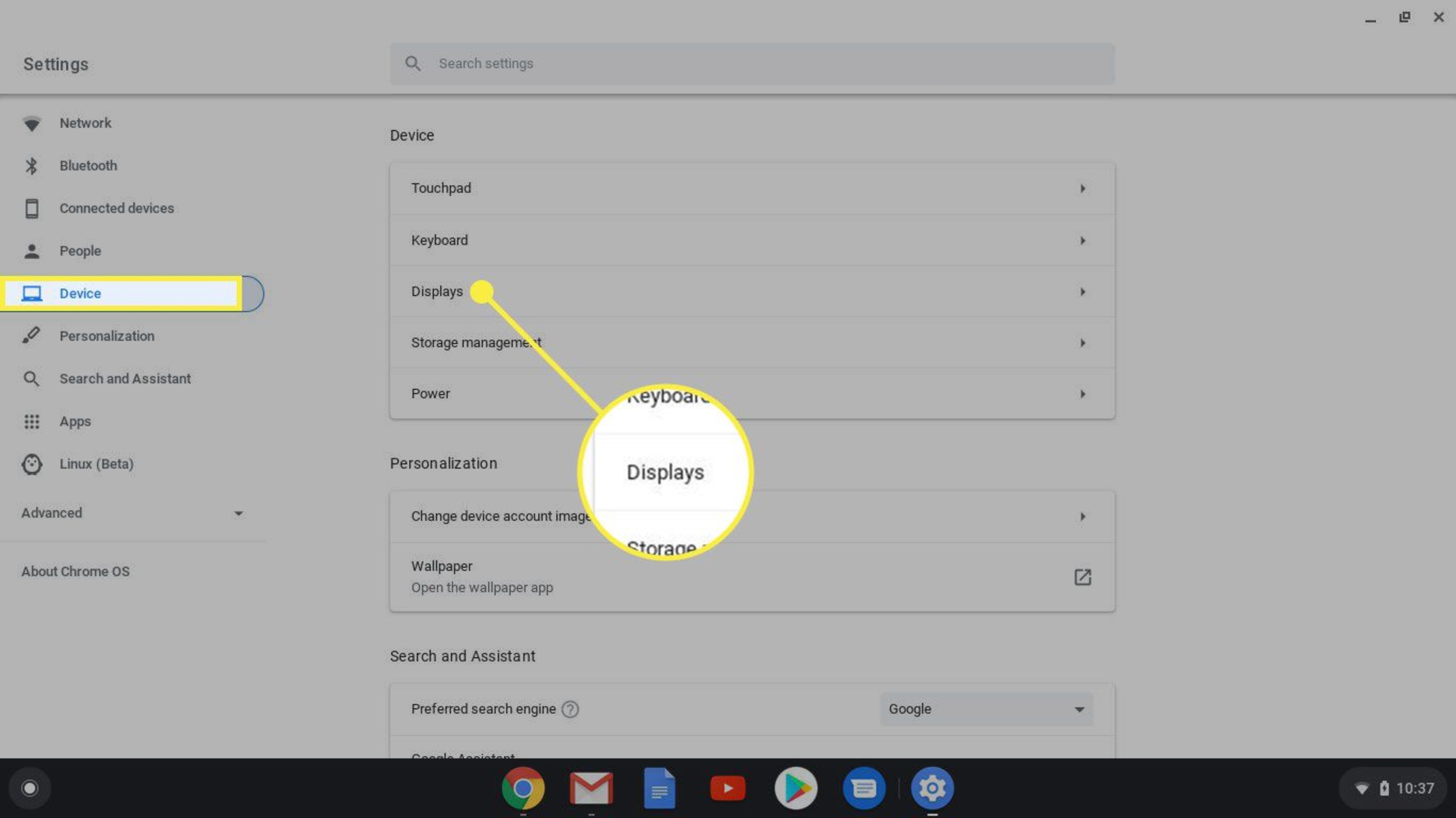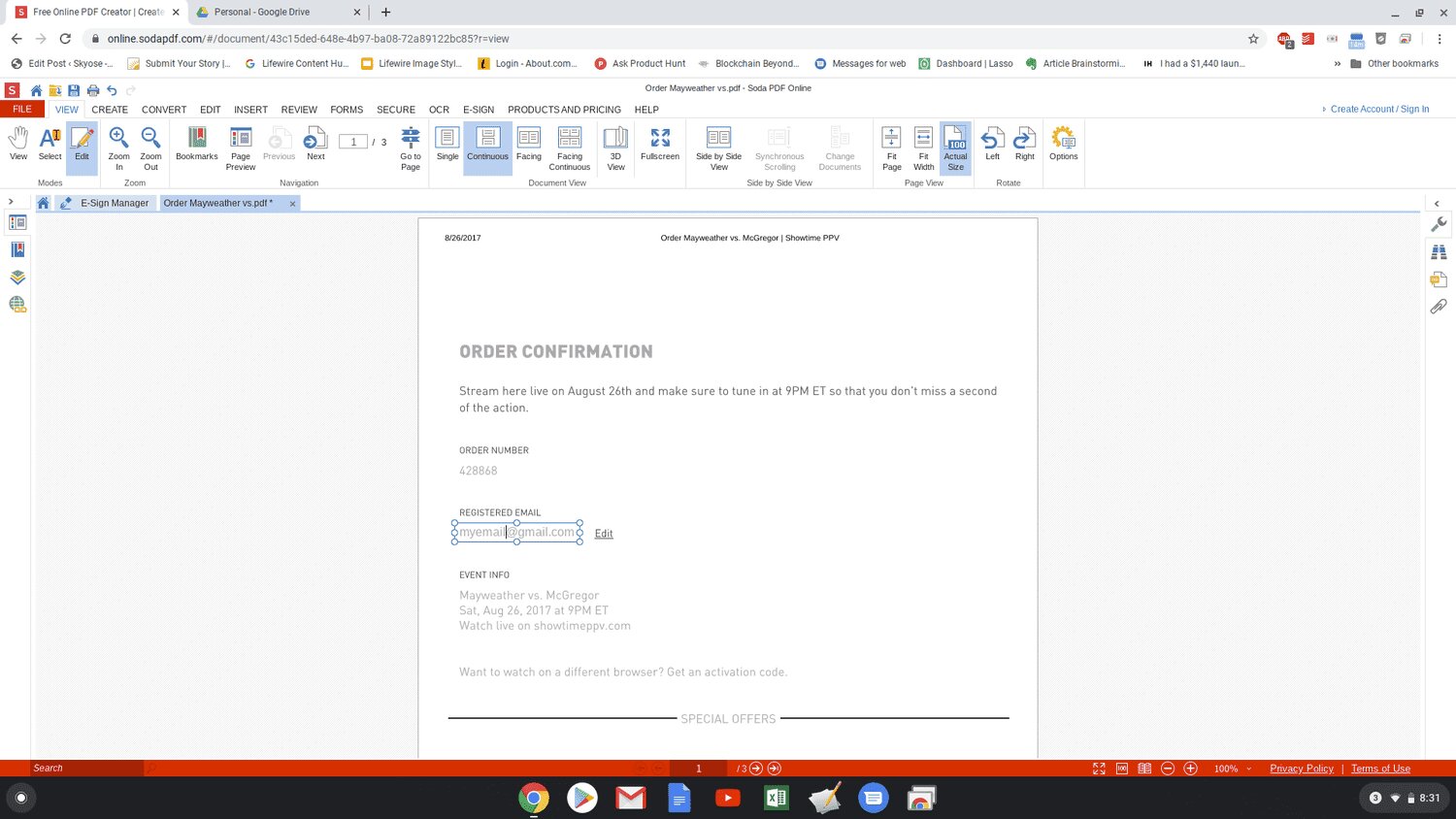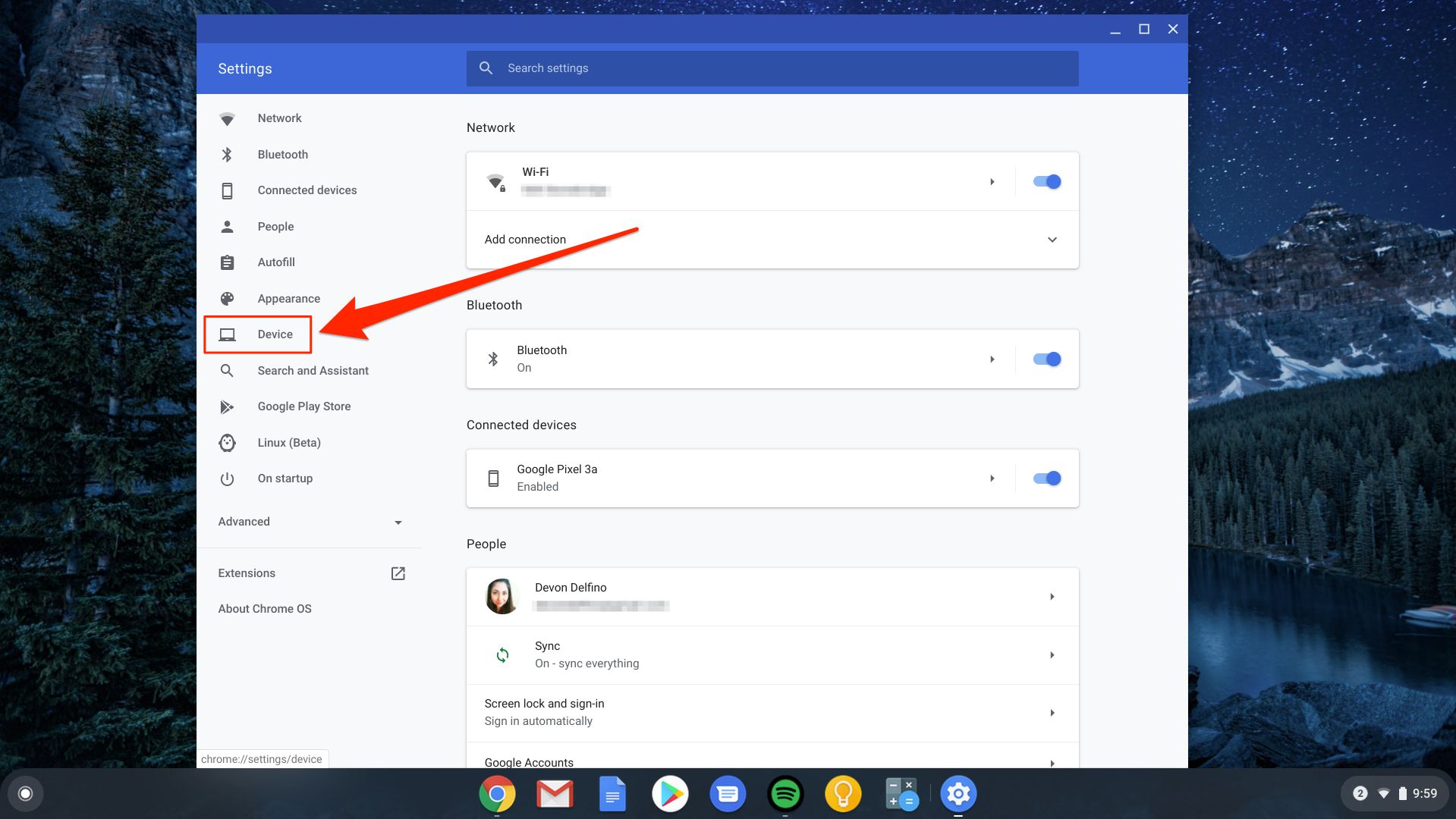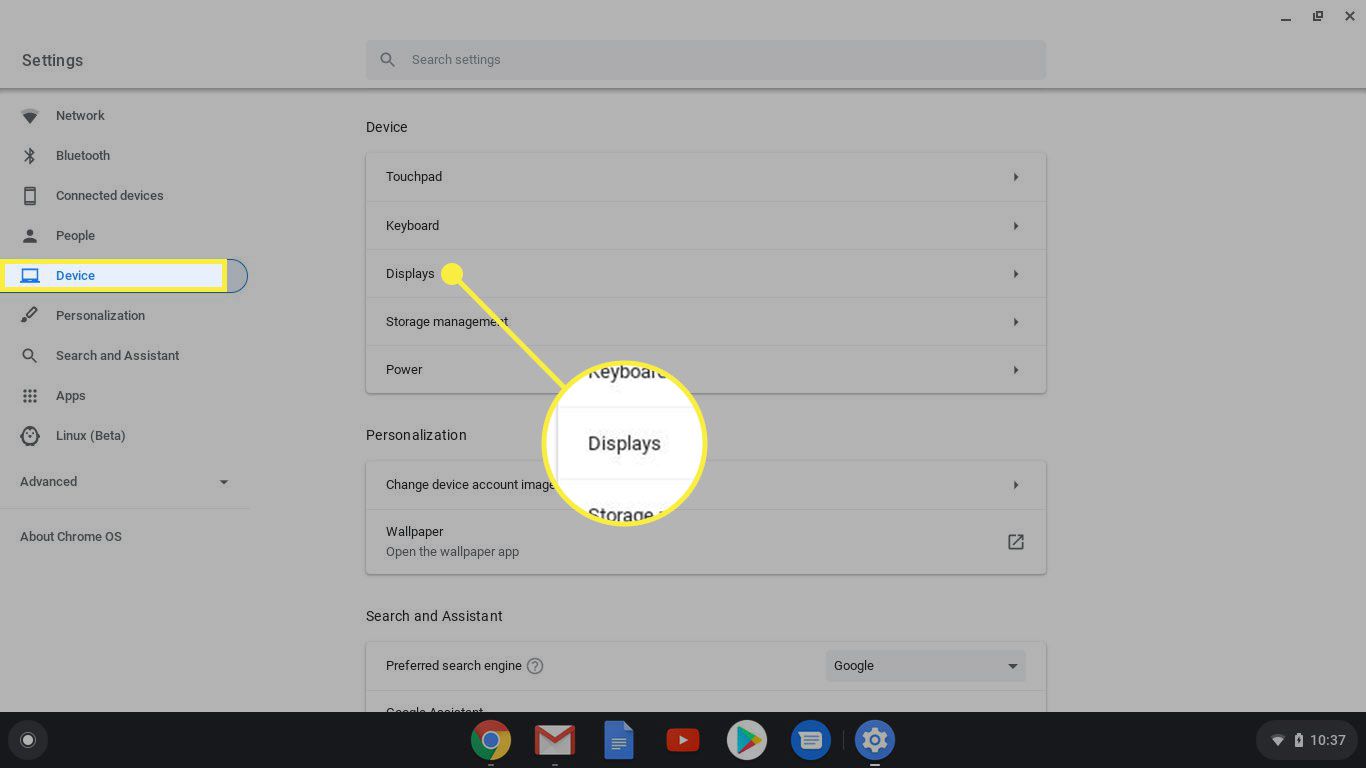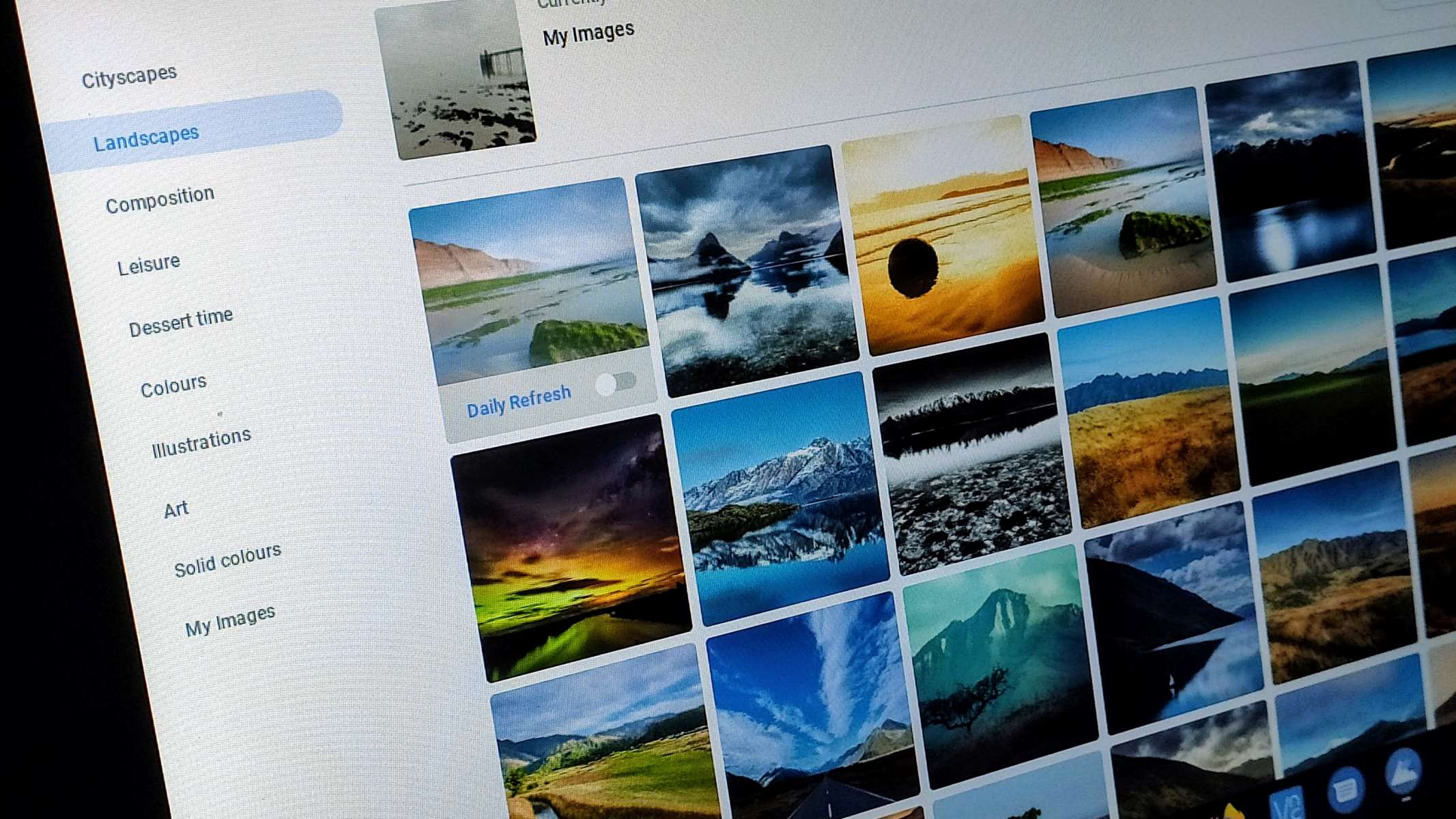Introduction
Rotating an image in Chrome can be a useful and practical task, whether you're a web developer looking to fine-tune the appearance of an image on a website or simply seeking a convenient way to adjust the orientation of an image for personal use. Fortunately, there are a couple of straightforward methods that can help you accomplish this within the Chrome browser.
In this article, we will explore two effective approaches to rotating an image in Chrome. The first method involves utilizing the built-in Chrome Developer Tools, which offer a range of powerful features for web development and image manipulation. The second method entails leveraging a Chrome extension specifically designed to facilitate image rotation, providing a user-friendly and efficient solution for this task.
By the end of this article, you will have a clear understanding of how to rotate an image in Chrome using these two distinct methods. Whether you're a web developer seeking to streamline your workflow or an everyday user looking to effortlessly adjust the orientation of an image, these methods will equip you with the knowledge and tools to achieve your desired results seamlessly. Let's delve into the step-by-step instructions for each method and empower you to rotate images with ease directly within the Chrome browser.
Method 1: Using Chrome Developer Tools
Chrome Developer Tools, often referred to as DevTools, is a robust set of web authoring and debugging tools built directly into the Chrome browser. While primarily designed for web development tasks, DevTools also offers a convenient way to manipulate and adjust images, including the ability to rotate them effortlessly. Here's a detailed guide on how to utilize Chrome Developer Tools to rotate an image:
-
Accessing Chrome Developer Tools: To begin, open the Chrome browser and navigate to the webpage containing the image you wish to rotate. Right-click on the image and select "Inspect" from the context menu. This action will launch Chrome Developer Tools, displaying the HTML and CSS code for the webpage, along with a range of additional tools and features.
-
Locating the Image Element: Within Chrome Developer Tools, the selected image element will be highlighted in the HTML code. You can easily identify the image by its
tag and associated attributes. Once you've located the image element, you can proceed to the next step.
-
Applying CSS Transform Property: With the image element selected in the HTML code, navigate to the Styles panel within Chrome Developer Tools. Here, you can apply CSS styles directly to the image element. To rotate the image, you can utilize the CSS transform property. Simply add the following style rule to the image element's styles:
css
transform: rotate(90deg);This CSS rule will rotate the image by 90 degrees clockwise. You can adjust the degree value as needed to achieve the desired rotation angle.
-
Previewing the Rotated Image: After applying the CSS transform property, you will immediately see the image rotate within the webpage preview. The rotation will be reflected in real-time, allowing you to visually assess the orientation of the image as you make adjustments.
-
Fine-Tuning the Rotation: If necessary, you can fine-tune the rotation angle by modifying the degree value in the CSS transform property. By experimenting with different degree values, you can precisely adjust the image's orientation to align with your preferences.
-
Saving the Changes: Once you are satisfied with the rotation of the image, you can save the changes directly within Chrome Developer Tools. Simply right-click on the image element within the HTML code and select "Edit as HTML" to modify the image's attributes and styles. After finalizing the rotation, you can save the changes and close Chrome Developer Tools.
By following these steps, you can effectively utilize Chrome Developer Tools to rotate an image within the Chrome browser, providing a seamless and efficient method for adjusting image orientation during web development or general browsing activities.
Method 2: Using a Chrome Extension
Another convenient method for rotating images in Chrome involves the use of a dedicated Chrome extension designed to streamline the image rotation process. Chrome extensions offer a versatile way to enhance the functionality of the browser, providing users with a wide array of tools and features tailored to specific tasks. When it comes to image manipulation, there are several Chrome extensions available that simplify the process of rotating images with just a few clicks. Here's a detailed guide on how to utilize a Chrome extension to rotate an image:
-
Browsing the Chrome Web Store: To begin, open the Chrome browser and navigate to the Chrome Web Store. This centralized hub hosts a diverse collection of Chrome extensions, including those focused on image editing and manipulation. You can explore the "Photos" or "Images" category to discover extensions specifically designed for rotating images.
-
Selecting a Suitable Extension: Once in the Chrome Web Store, you can browse through the available image-related extensions and identify a suitable tool for rotating images. Look for extensions with positive reviews, high ratings, and a user-friendly interface. Pay attention to the features and capabilities offered by each extension to ensure it aligns with your image rotation requirements.
-
Installing the Chrome Extension: After identifying a preferred Chrome extension for image rotation, you can proceed to install it directly from the Chrome Web Store. Simply click on the "Add to Chrome" button associated with the extension, and follow the on-screen prompts to complete the installation process. Once installed, the extension's icon will typically appear in the Chrome toolbar or extensions menu.
-
Accessing the Image Rotation Feature: With the Chrome extension successfully installed, you can navigate to the webpage containing the image you wish to rotate. Locate the extension's icon in the Chrome toolbar or extensions menu, and click on it to access the available image manipulation features. Look for the specific option related to image rotation within the extension's interface.
-
Rotating the Image: Upon accessing the image rotation feature within the Chrome extension, you can easily rotate the image by following the intuitive on-screen instructions. Depending on the extension's design, you may be able to rotate the image by specifying the desired angle, utilizing a visual rotation tool, or employing preset rotation options.
-
Saving the Rotated Image: Once you have adjusted the image's orientation to your satisfaction, you can proceed to save the rotated image. The Chrome extension may provide straightforward options for saving the modified image directly to your device or sharing it through various platforms.
By leveraging a dedicated Chrome extension for image rotation, you can streamline the process and achieve precise adjustments with minimal effort. Whether you're a casual user seeking a quick solution for image orientation or a professional looking to expedite image manipulation tasks, Chrome extensions offer a user-friendly and efficient approach to rotating images directly within the Chrome browser.
Conclusion
In conclusion, the ability to rotate images directly within the Chrome browser empowers users with a versatile and convenient solution for adjusting image orientation. By exploring the two distinct methods outlined in this article, individuals can seamlessly rotate images to align with their specific preferences, whether for web development purposes or personal image manipulation needs.
The first method, utilizing Chrome Developer Tools, provides a powerful approach for web developers and tech-savvy users to directly manipulate image elements within webpages. With the ability to apply CSS transform properties and preview real-time changes, this method offers a hands-on and precise way to rotate images while working on web projects. The seamless integration of image manipulation capabilities within Chrome Developer Tools enhances the efficiency of web development workflows, allowing developers to fine-tune image orientation with ease.
On the other hand, the second method, leveraging a dedicated Chrome extension for image rotation, caters to a broader audience, including casual users and individuals seeking a simplified approach to image manipulation. The availability of user-friendly Chrome extensions designed specifically for image rotation streamlines the process, enabling users to effortlessly adjust image orientation with just a few clicks. This method is particularly beneficial for individuals who prioritize convenience and intuitive interfaces when managing images within the Chrome browser.
Both methods offer unique advantages, catering to diverse user preferences and technical proficiencies. Whether you prefer a hands-on approach with direct HTML and CSS manipulation using Chrome Developer Tools or opt for the convenience of a specialized Chrome extension, the flexibility provided by these methods ensures that rotating images in Chrome is accessible to a wide range of users.
Furthermore, the seamless integration of image rotation capabilities directly within the Chrome browser aligns with the platform's commitment to enhancing user experience and productivity. By eliminating the need to rely on external software or complex tools for basic image manipulation tasks, Chrome empowers users to efficiently manage and customize images within their browsing environment.
In essence, the methods presented in this article underscore the versatility and accessibility of image rotation functionality within the Chrome browser. Whether you're a web developer striving for precision in image presentation or an everyday user seeking a straightforward solution for adjusting image orientation, the ability to rotate images in Chrome reflects the platform's commitment to empowering users with practical and efficient tools for diverse tasks.









